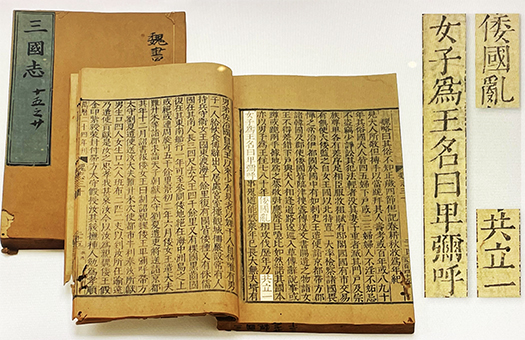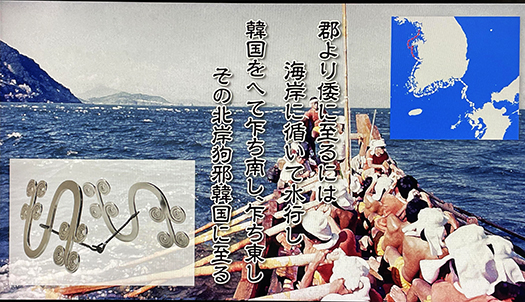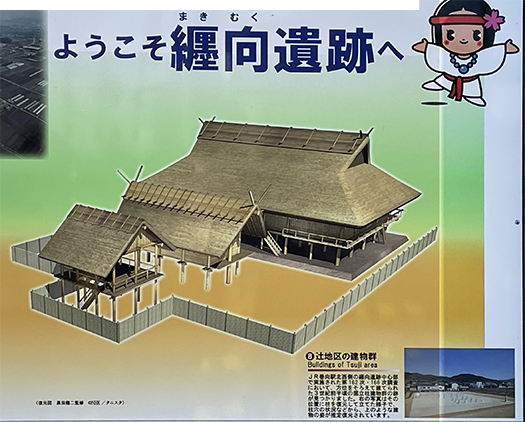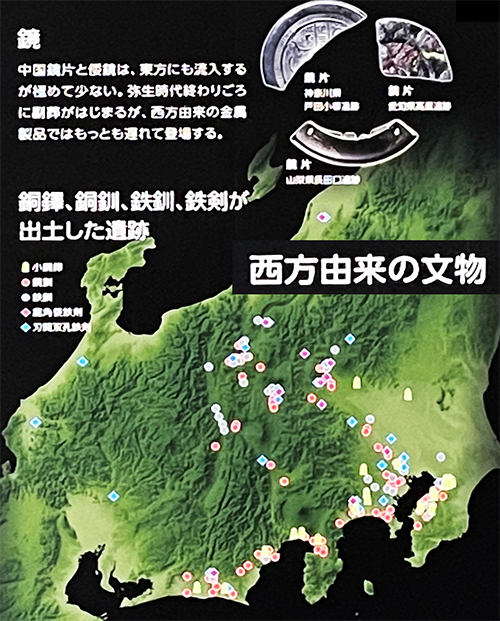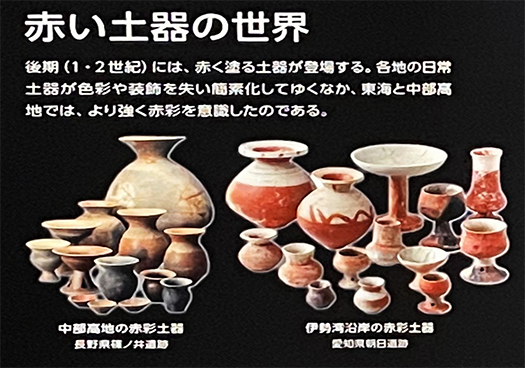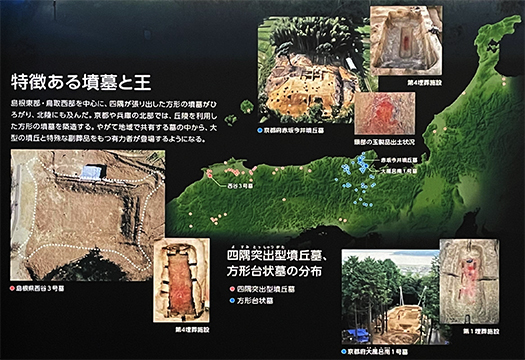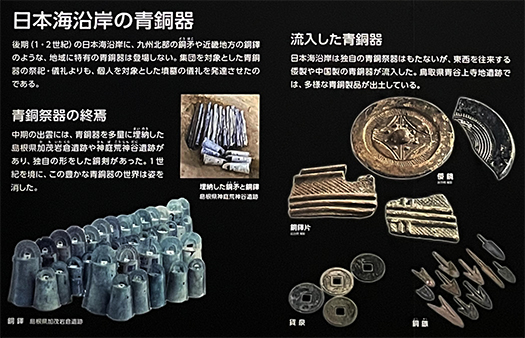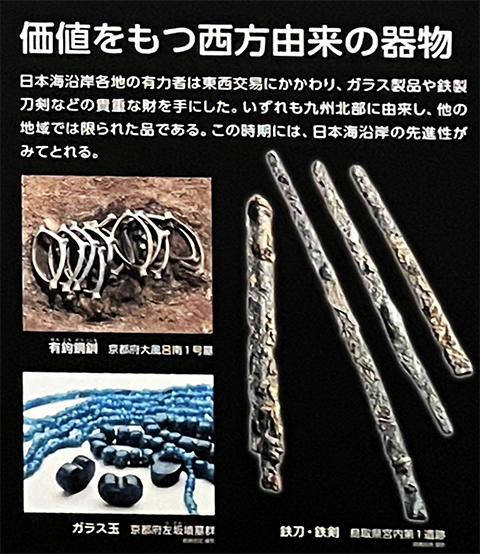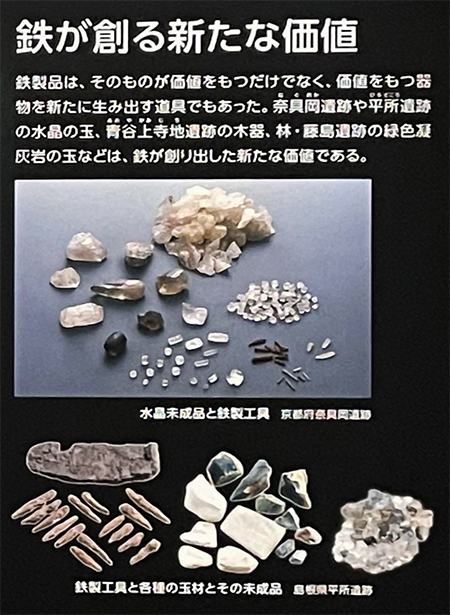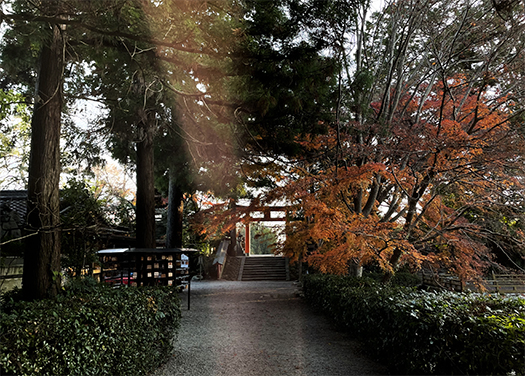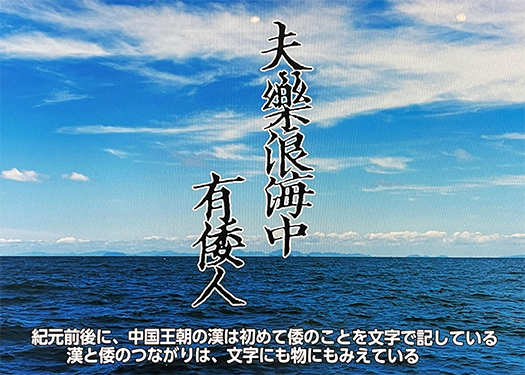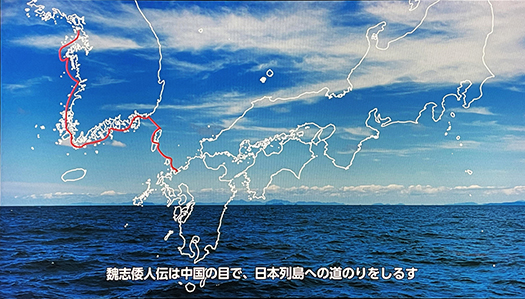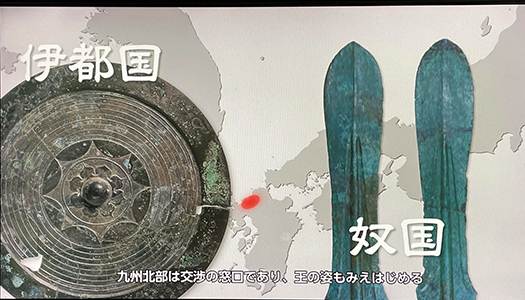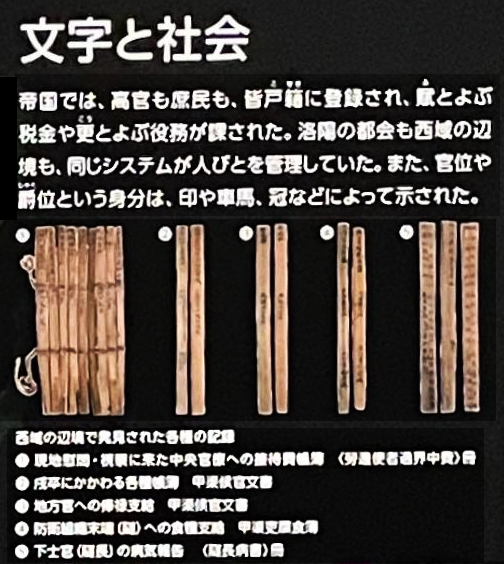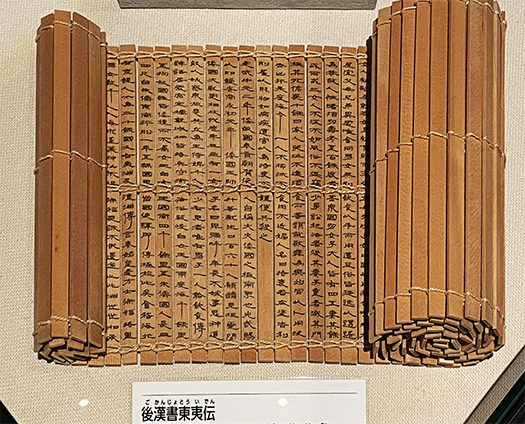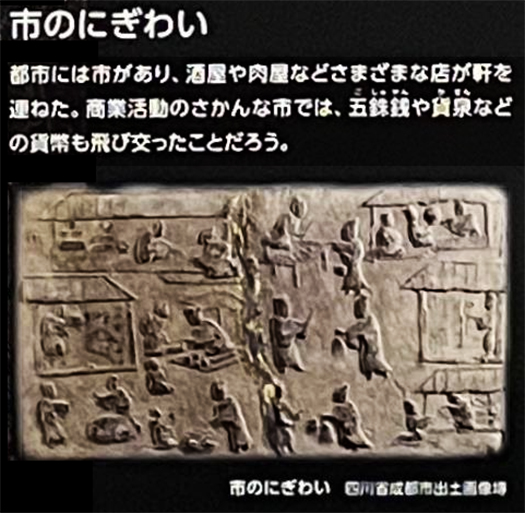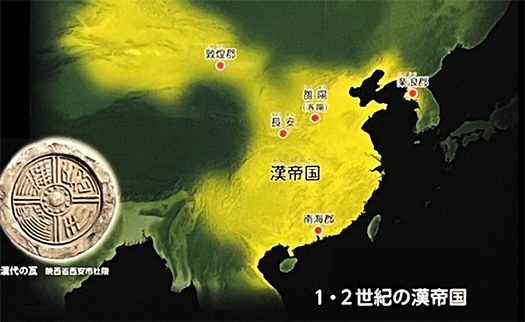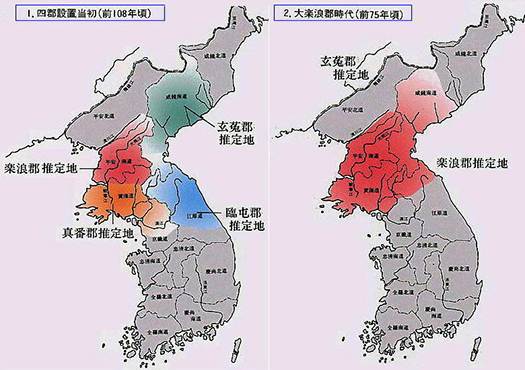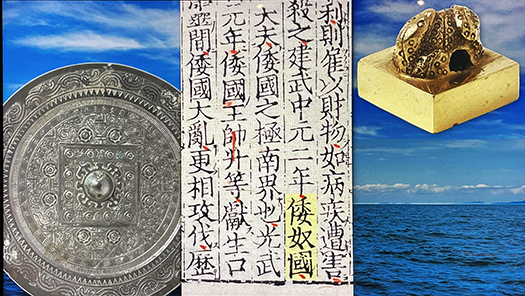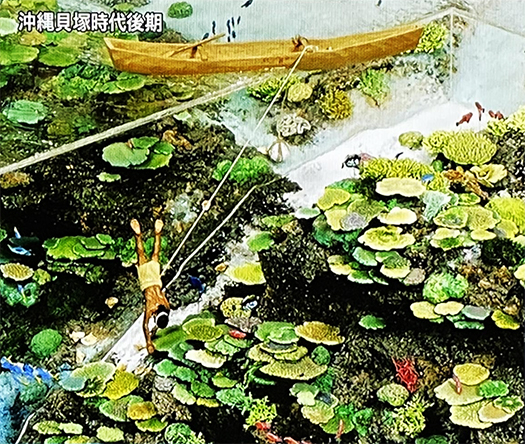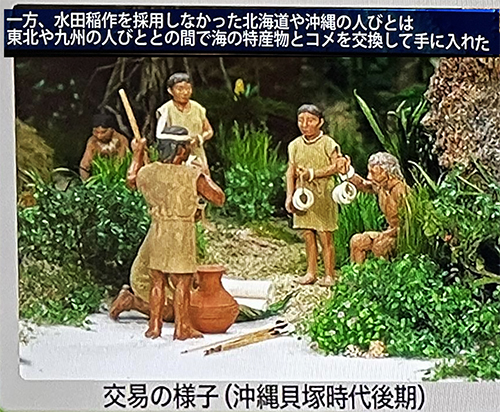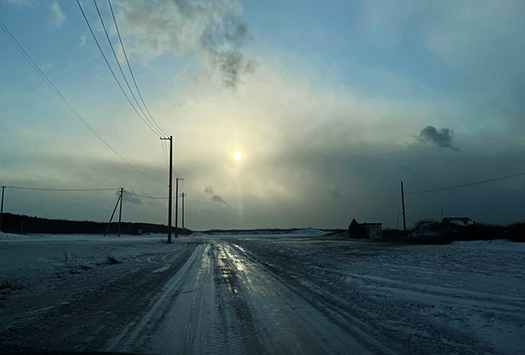
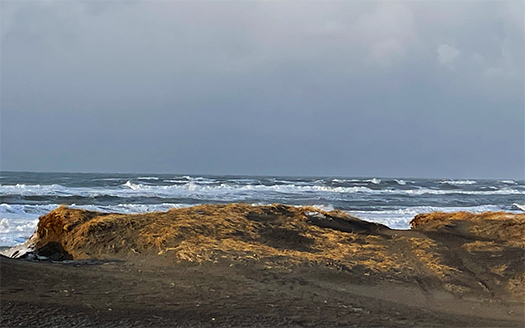
根を詰めての慎重作業に掛かりきりの状況が続いています。
神経疲労系の状況ですが、ちょっと一段落したので
所用のついでにクルマで足をすこし伸ばしてみた。
札幌近郊、石狩浜のきのうの様子です。
どうという変化に乏しい自然景観が目に入ってくる。
石狩川河口のラグーンだけれど川が大きいので
その面積はそれなりの広がりがある。
幼年期・少年期から親しんできた北海道的な初冬の情景。
徐々に寒気が深まってきてわずかの積雪も容易に融けない。
テカテカの路面になってクルマの制動に注意しながら運転する。
裸になった木々がやや強い風に揺られている。
そのゆらぎから伝わってくる独特の季節感があって
深い部分の記憶がさまざまに甦ってくる。
うまれた場所の景観からは、生きてきた時間のなかでの体験が
時間を超えて再生されてくるのでしょう。
むしろ荒涼としてなにもランドマークのない、
いわば背景としての景色のほうがきっかけになりやすい。
そのように掘り起こされた過去の情景記憶には
あまい香りが漂いやすいのだと言われている。
人間の脳のはたらきにそういう仕掛けが隠されているのだという。
どんなに厳しい自然体験、人生体験であっても
それが時間という魔法を経て、いわば丸められている。
さてことしは今のところ、札幌では積雪は少なめ。
ときどき寒波が来て積雪するけれどすぐに気温上昇して
あっという間に雪は消えていくサイクルになっております。
しかしことしもあと、半月ほどになって
寒さと積雪はどうなっていくのか、
本日朝、家の前を見たらことしはじめて除雪車の出動痕跡。
いろいろのことが生起したことしのシメのときが刻一刻と迫ってくる。
ってまぁ、大袈裟ですが忙しさをなんとかクリアして
大きな自然のめぐりに同期するように淡々と過ごしたい。
もうあと2週間あまり、頑張りましょう。
English version⬇
The end of the year is busy, and the desolate nature is healing.
The early winter in the north is gradually getting colder and cooler, and a sense of desolation is evoking a sense of cleanliness. I want to face the busyness of the year with a calm and quiet mind. The first winter in the north is gradually deepening with a sense of coolness and desolation that gives a sense of grace.
I am still occupied with the careful work of putting down roots.
I am still in a state of nervous exhaustion, but now that I have a break, I decided to go for a short drive while on business.
I went for a short drive to Ishikari Beach, near Sapporo.
Here is a shot of Ishikari Beach near Sapporo yesterday.
The natural landscape is not very varied.
It is a lagoon at the mouth of the Ishikari River, but because the river is large
The area of the lagoon has a certain extent.
This is a Hokkaido-like early winter scene that I have been familiar with since my childhood and youth.
The cold air is gradually deepening, and even a small amount of snow cannot easily melt.
The road surface is shiny and shiny, and I drive carefully to brake the car.
The bare trees are swaying in the strong wind.
There is a unique sense of the season that is conveyed through the shimmering of the trees.
The memories of the deepest parts of the land come back to life in various ways.
The landscape of the place where I was born brings back the experiences of the time I have lived.
The landscape of the place of birth is a timeless replay of the experiences of the time in which we have lived.
The landscape of a desolate place without any landmarks, so to speak, as a background, is more likely to be triggered.
The landscape as a background, so to speak, is more likely to be a trigger.
The memories of past scenes excavated in this way tend to have a sweet fragrance
The human brain is capable of such a mechanism.
It is said that such a mechanism is hidden in the way the human brain works.
No matter how severe the experience of nature or life may be
The magic of time has rounded them out, so to speak.
So far this year, there has been little snowfall in Sapporo.
Sometimes a cold wave comes and piles up snow, but the temperature rises quickly and the snow disappears in a flash.
The snow disappears in the blink of an eye.
However, we are only about half a month away from the end of this year.
I wonder what will happen to the cold and snowfall in the next half month or so.
When I looked in front of my house this morning, I saw the first signs of snowplows being dispatched this year.
The end of this year, in which so many things have happened, is approaching every second.
Well, I’m not exaggerating, but I’ve managed to get through the busyness.
I want to spend my time in a calm manner, in sync with the great flow of nature.
With just a little over a week to go, let’s do our best.
Posted on 12月 16th, 2022 by 三木 奎吾
Filed under: こちら発行人です | No Comments »


